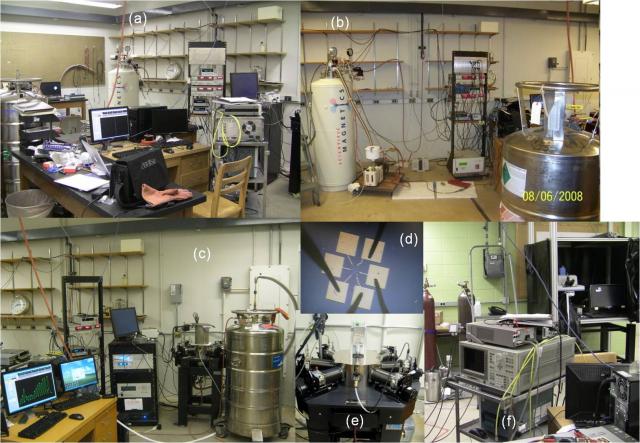Lost and Found

This was once a different space. One where I wrote freely about everything that was going on around here without fear that it would unwittingly become part of the board game news cycle. Not that I have anything wrong with the board game news cycle. It tells people about important stuff, and back then, I wasn't doing anything anyone would have considered important.
Somehow, though, I guess I became important? It's weird, but because of that, you become more reserved. You stop writing for yourself. You stop even writing for your dedicated fans. Instead, you find yourself writing to the entire community, and you only feel like you should say something - you should announce something - when it is the perfect time to do so. A time that will have a maximal impact on...something. The overall perception of your brand, I guess?
What I am trying to say is, I'd like to tell you about a game I'm working on. And when I talk about it, I'd really just like to do away with all expectations. No expectations of when or how it will be published, whether it will fit into the Gloomhaven universe, who will do the artwork, or any other question of that type. It's not an announcement.
You see, I miss the way this space used to be. Not just in a nostalgic way, but in the way that it was incredibly helpful to just talk through ideas. See them formed on a page and think them through. I guess you could do that in any old word processor, but having an audience, however large or small, adds stakes. It adds accountability. And sometimes I feel that's what I am lacking these days. It's hard to work on a game I can't talk to anyone about. There's just no pressure to get anything done.
This game I want to tell you about? I started working on it maybe three and half years ago. Not that I have much to show for it. I made a prototype, it didn't work very well, and I never really went back to it.
But I want to. I love the concept, and over the last couple months, I've started collecting ideas on how to improve it. I think it's time to bring it back out into the light and hammer on it for a while, and I'd really, really like to talk through the design process here. I think it could be motivating for me, and, if we're really lucky, maybe even instructive for other people.
And with that giant preamble that took up most of our space, I guess we should now get to it. This is definitely going to be a series of posts, written whenever I have something to say about it, so I think we'll just start off talking about the theme.

I spent a large portion of my life working in a physics lab, and that world has intrigued me from a game design perspective ever since. "Write what you know," I suppose, but maybe that's the wrong place to start this, because what really got this idea going was the concept of parallel universes (which, admittedly, is pushing the concept of "physics lab" heavily into the realm of science fiction).
The 5-second pitch is, "What if you were playing two inter-connected worker-placement games in two mirror universes?" Basically, a team of physicists opens a door into a mirror universe and finds mirror versions of themselves. They then have to figure out how to close the door, and the one who contributed the most to the endeavor gets to be first author on the ground-breaking, Nobel Prize-winning paper that they will write.
Worker placement is kind of a tired mechanic, but I think it could work well here, as there are different types of workers with different specializations (professor, post doc, graduate student, undergrad), which should add some spice to the proceedings.
But anyway, the idea is that, at the start of the game, you've got these two parallel universes, which, because the door is open, can behave independently of each other. Workers can even move back and forth between the two and possibly even receive various bonuses for doing so. But you're working toward closing the door, so after some objectives are complete, movement becomes more restrictive. The two copies of any specific worker you have need to be on opposite sides of the door or they will blink out of existence, which would not reflect well on you.
Then, as the door closes further, they once again begin to act as mirror worlds, where every move you make on one side must be mirrored with the corresponding worker on the other side. Except you were allowed to act freely before, so the two universes were built in different ways throughout the game. Placing a worker in a specific space on one side does action X, but when it's mirrored on the other side, it produces action Y. So it becomes a matter of spatially building your lab in such a way as to produce efficient actions in the end game.
Or at least that's part of it, and it's still pretty theoretical at this point. Like I said, I made a prototype of these concepts a long time ago, and it didn't work very well at all. But next time we'll get into where I'm taking it moving forward and maybe even make a new prototype.
And since I'll probably want to refer to the project by a specific name, I was always keen on calling it What We Found There, an allusion to Lewis Carroll's Through the Looking Glass. Maybe it's too long of a title, but I think it has a nice ring to it.
Leave a comment
Comments will be approved before showing up.





